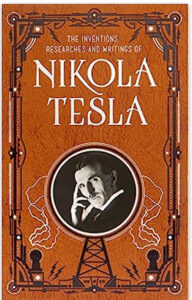I recently came across news about Mr. Hideo Miki, who became the chairman of the Osaka Bar Association this year. Mr. Miki is the lawyer who represented Ms. Haruko Obokata in the 2014 STAP cell scandal at the RIKEN research institute. There were frequent broadcasts of Ms. Obokata claiming 'STAP cells exist,' but the resolution of this major incident was rather unsatisfying. When the media unites in a barrage of negative reporting, it often suggests there's more to the story, leaving one to wonder if the truth is still hidden in the thicket. What do you all think? I still remember the news footage of Professor Yamanaka and Prime Minister Abe visiting Ms. Obokata at RIKEN. It struck me because, despite it being a time of great discovery and excitement in Japan, both of their expressions were unusually somber. It gave me the impression that they were thinking, 'She's really discovered something problematic.' By the way, I became curious about whether the U.S. patent application for STAP cells had been abandoned, so I decided to check. I often use the Patent Center on the website of the United States Patent and Trademark Office for work, and anyone can check the status of U.S. patent applications there. If you're interested, I suggest giving it a try.

Under the 'Search for a Patent Application' section, there's a dropdown menu. Next to it, you can enter the application number or publication number to display the relevant case as 'Application Data.' You can view documents from the Patent Office and those submitted by the applicant.
To apply for a patent in the United States, you just upload the documents to this site and click "submit" button. Previously, from Japan, the only options were to send the application documents by mail or fax, so it's much more convenient now.
This application was filed in October 2014. It has received several rejection notices, and with each one, a response was made. Surprisingly, the examination process is still ongoing.
The costs incurred include patent office fees, attorney fees, and over eight and a half years of time. What does this all mean? It's hard to understand.
STAP cells were discredited due to research misconduct, so their existence was supposedly denied.
Even if the claims are amended and the scope of rights changes, if this application is registered, does it mean 'STAP cells did exist'?
I'm curious to see whether this application will be suppressed by some pressure or what will become of it. It's intriguing to follow its progress."
The rights of the invention have been transferred from the inventor to RIKEN, then to Brigham and Women's Hospital, Inc., and finally, they have been assigned to VCELL THERAPEUTICS, INC.
 |
ローヤルゼリーゴールド 120粒 (ギフト プレゼント 内祝い お祝い 健康食品 サプリ 更年期 自律神経) お歳暮ギフト 食べ物 お歳暮 プレゼント 実用的 食品 お取り寄せ ギフト 誕生日 高級 価格:6,890円 |






